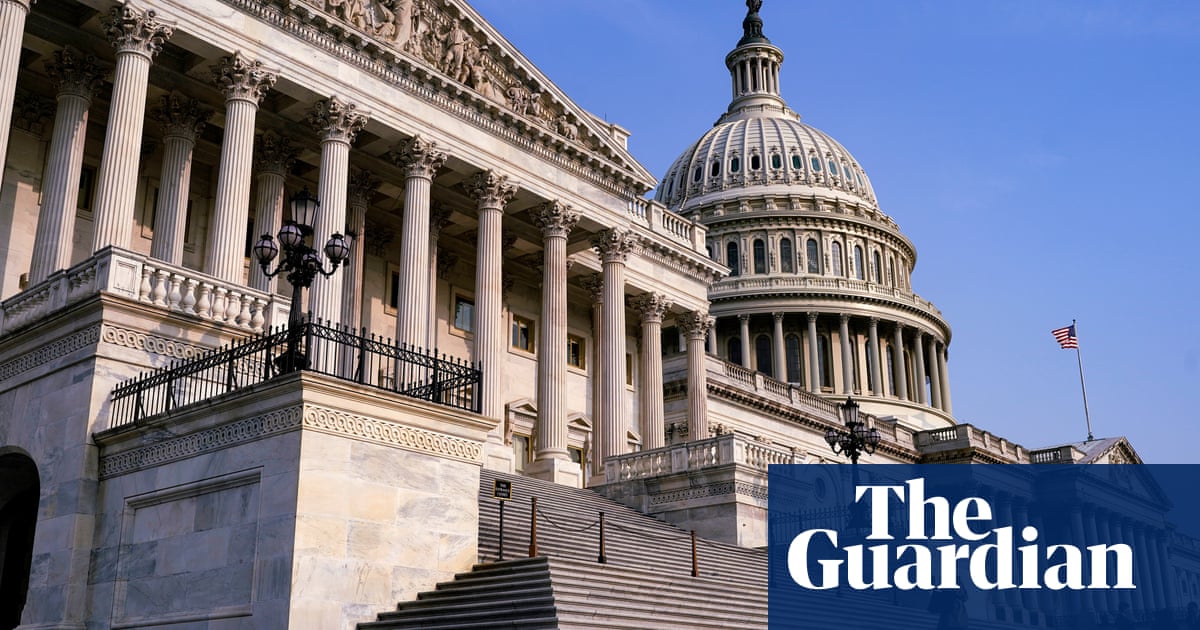
(Reuters) - U.S. Treasury bills maturing this fall could face liquidity problems tied to a potential government cash crunch, which could happen if politicians delay or fail to renew the United States’ borrowing authority after the debt ceiling returns at the end of the week.
The Treasury has been cutting bill issuance before its two-year debt ceiling suspension is due to expire on July 31. The government is expected to be able to get by until October or longer by using extraordinary measures, which may include suspending some investments and security issuance.
Concerns that Congress could delay, or fail to increase the debt limit before the Treasury runs out of cash could lead investors to shun certain bills that come due when the government is likely to face cash shortfalls. Many analysts see this as most likely in October or November.
Once there is a consensus around a date when the Treasury is likely to run out of cash, Treasury bills coming due in that period will likely be avoided, said Tom Simons, a money market economist at Jefferies in New York. “Those bills will start to have a bit of a kink in the yield curve and they’ll be very illiquid.”
Portfolio managers typically avoid bill issues that are at risk of default even if the likelihood of a failed payment is very low. This can send yields on some issues higher than those on longer-dated debt, an unusual occurrence in the yield curve, which is typically upward sloping.
U.S. Treasury Secretary Janet Yellen last Friday urged lawmakers to increase or suspend the debt limit as soon as possible and said that Oct. 1, the first day of the next fiscal year, could be a critical date due to large federal outlays scheduled for then.
Meanwhile, investors seeking more bills to buy may be disappointed even after the Treasury ceiling is raised or suspended, as the government is expected to pare debt sales following a record borrowing binge to finance COVID-19 related spending.
“With the amount of money that they are raising through coupon auctions, unless they really want to build the cash balance way back up once they get through the debt ceiling debacle, then they are going to have to continue paying down bills,” said Zachary Griffiths, an interest rate strategist at Wells Fargo.
With a dearth of safe, short-term assets and record amounts of cash chasing yields, investors are expected to continue to turn to the Federal Reserve’s reverse repurchase facility to generate returns.
That facility, in which investors make overnight loans to the Fed that are backed by Treasuries at a rate of 5 basis points, drew $965 billion in demand on Wednesday and analysts expect demand will continue to grow.
Reporting By Karen Brettell; Editing by Alden Bentley and Dan Grebler
Our Standards: The Thomson Reuters Trust Principles.












